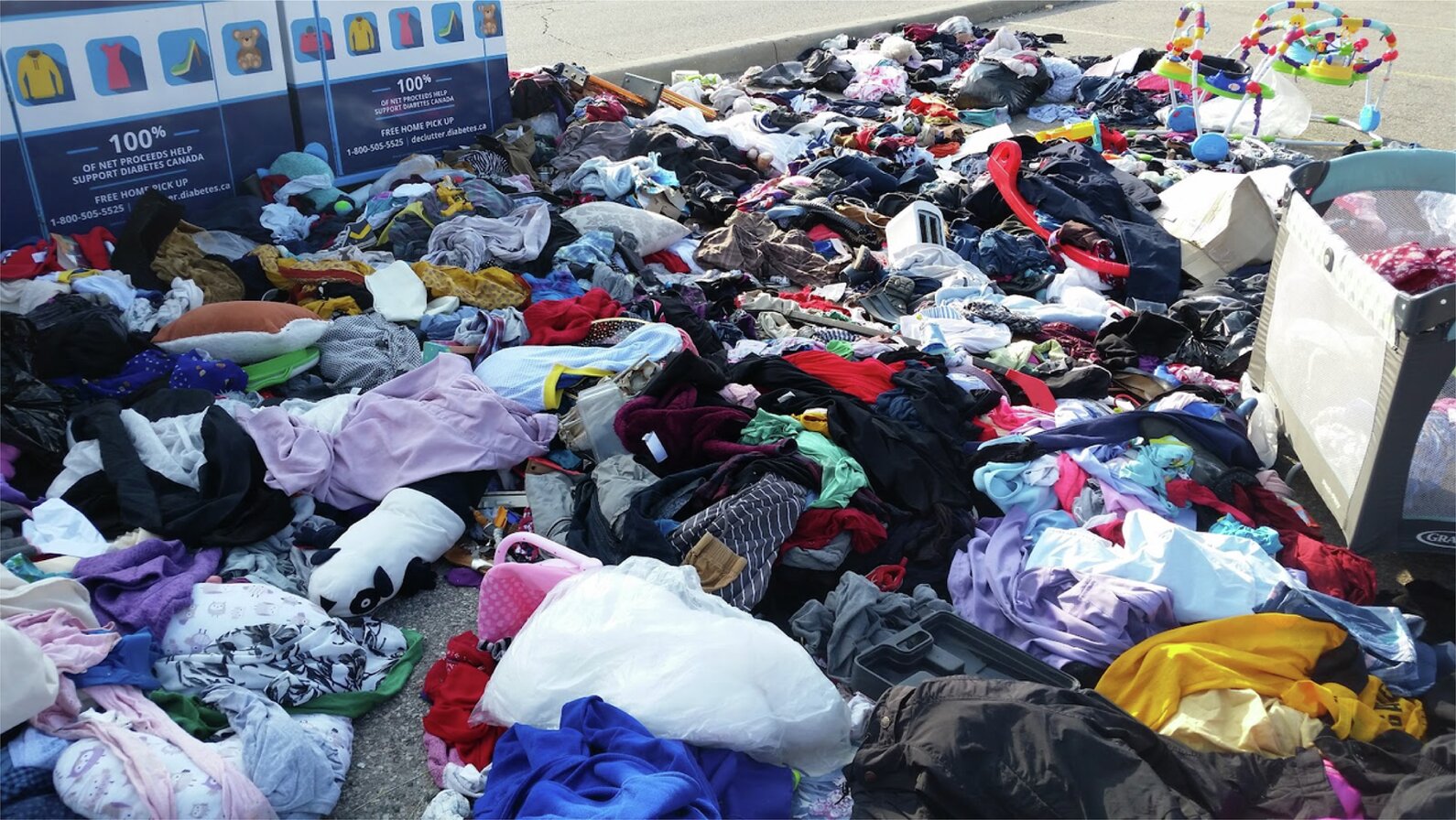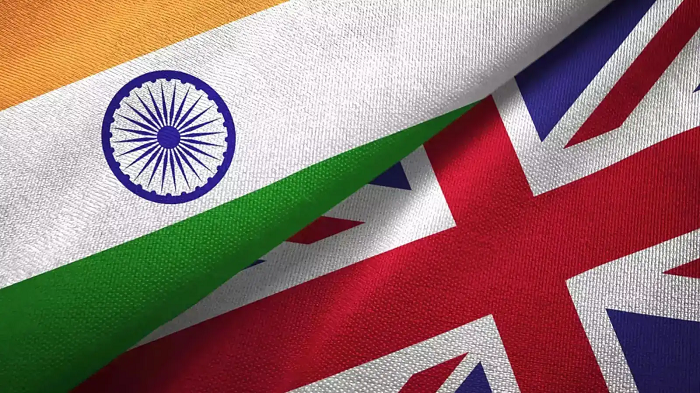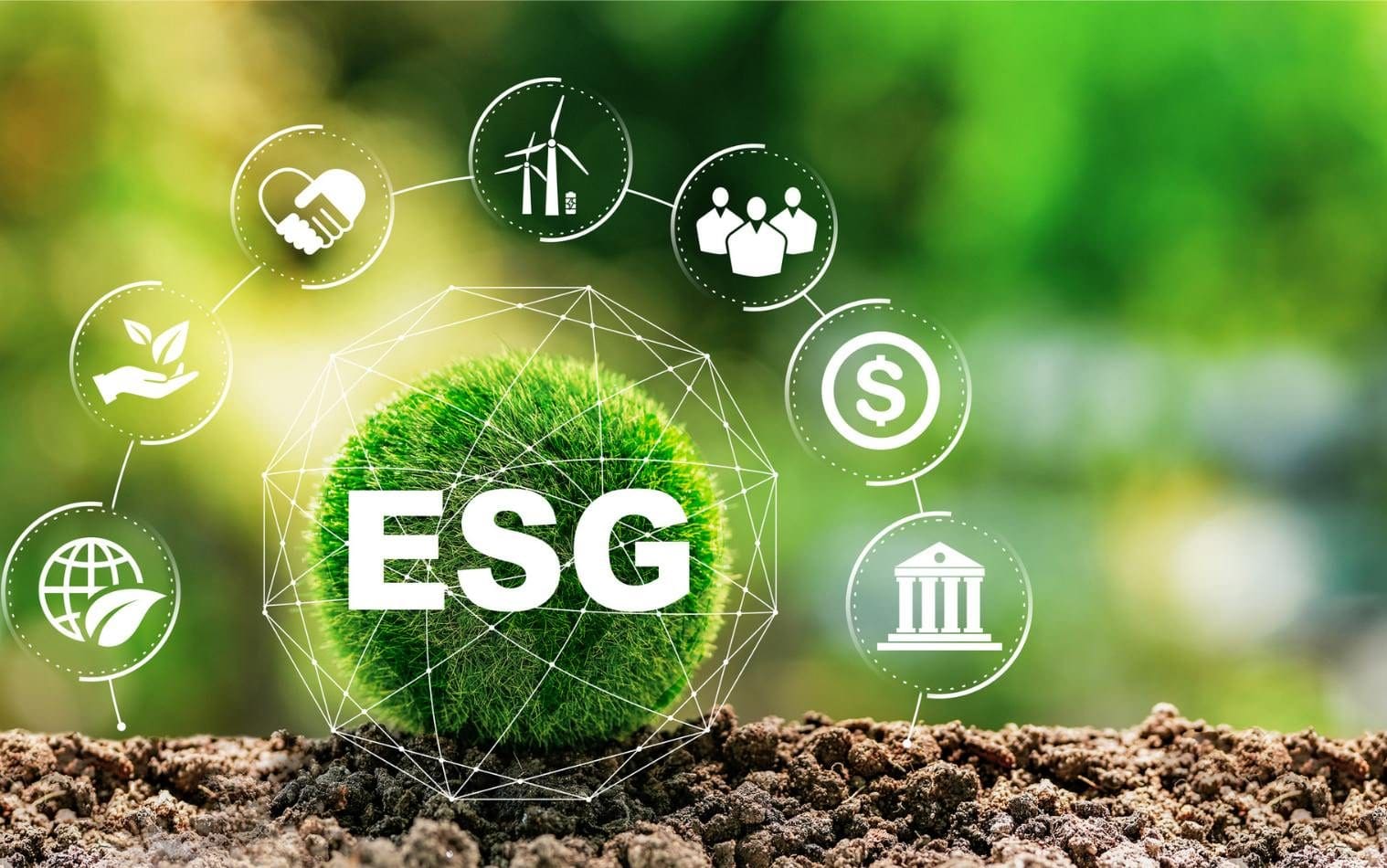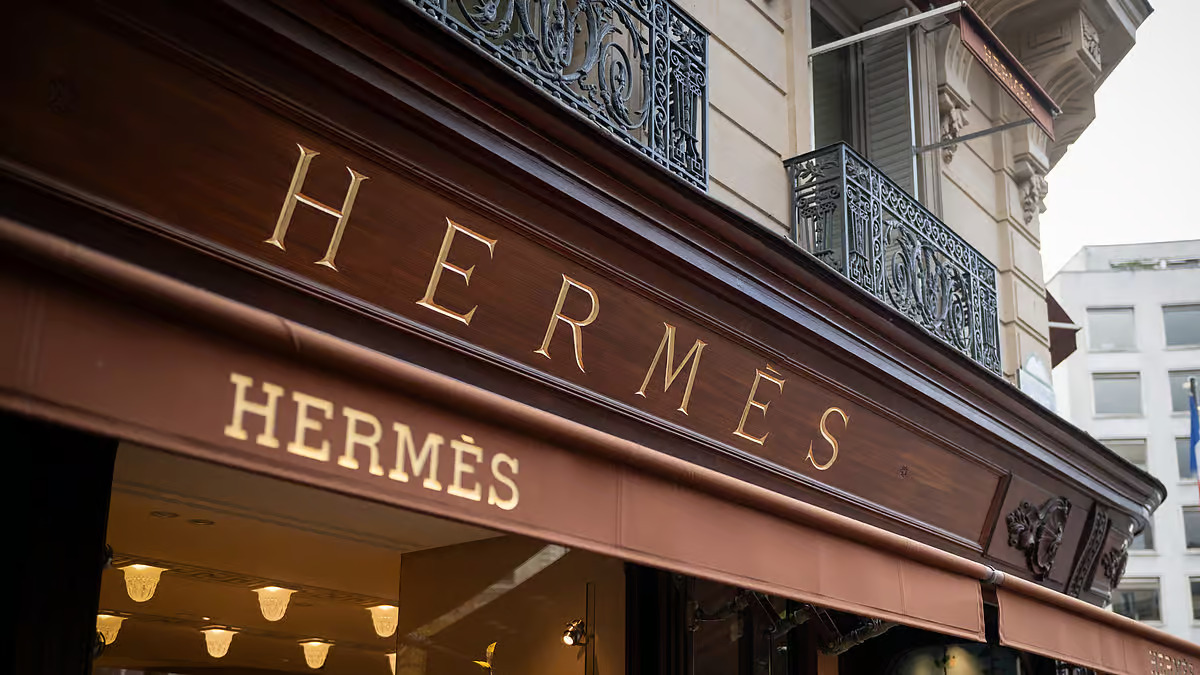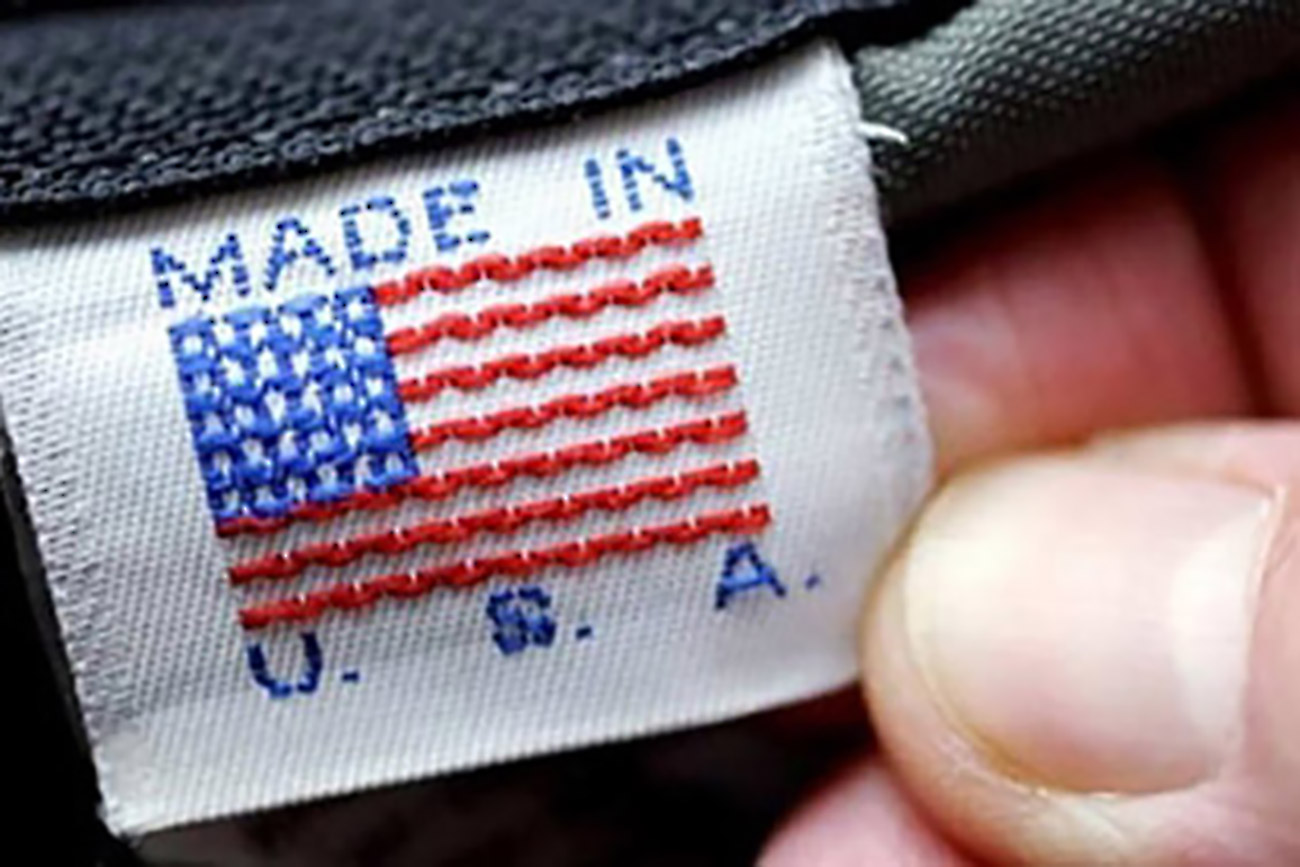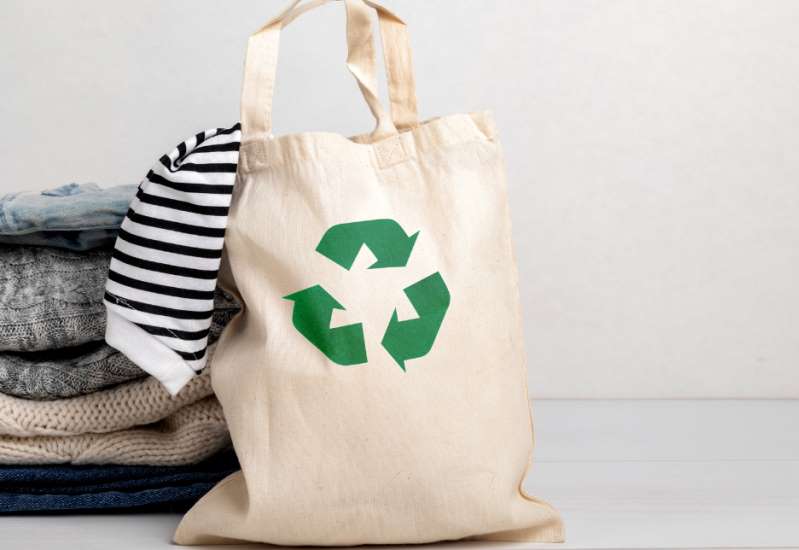FW
Turkey will host a clothing and machinery fair from April 27 to 30, 2016. This is the prime trade show that showcases the manufacturing potential and latest technologies of leading machinery manufacturers. The fair is making a great contribution to clothing machinery companies to increase their competitive strength, reach target markets and create new business contacts with potential customers. During the last edition in 2014, Clothing Machinery Fair hosted 467 exhibitors and represented companies and 40,729 professional visitors from 67 countries.
Among the exhibits will be clothing sewing machines, embroidery machines, quilting machines, ironing machines and presses, laser cutting machines, digital printing machines and equipment, folding and packing machines, cleaning machines, quality control, measuring machines, storage and shelf systems, labeling and design printing systems, sewing and embroidery yarns.
Clothing machinery will include sewing and embroidery machines, quilting, bed and quilt machines, cutting machines, ironing machines and presses, laser cutting machines, digital printing machines and materials, folding and packing machines.
The visitor profile includes clothing firm representatives, quality experts, technicians, marketing and sales executives and other professionals. The fair holds the distinction of being the most successful commercial organisation in the Eurasia region since 1989. It is the meeting point of the clothing and the ready-to-wear sectors.
www.clothingmachineryfair.com/
Colombo Internation Yarn and Fabric Show (CIFS) will be held in Sri Lanka from March 10 to 12, 2016. The event will showcase products from the apparel and clothing, textile, fabrics and yarns, home furnishings and home textiles and business services industries. Textiles include suitings, shirtings, dress fabrics, made-up items and yarns of different varieties.
This will be a platform for factory professionals, manufacturers, exporters, importers and traders, trading companies, export houses, chambers and associations. About 200 exhibitors are expected. As Sri Lanka is a garment making hub in the Asean region, participation in the fair offers companies an opportunity to take full advantage of the growing Sri Lankan market in textiles and clothing.
The show will focus on visitors from the textile and garment area of Sri Lanka, a sector which accounts for over 70 per cent of the foreign exchange earnings of the country. Major investments in the textile and garment sectors are happening in Sri Lanka.
Sri Lanka imports 80 per cent of the yarn and fabric inputs needed for the apparel industry. At one time India was Lanka’s biggest supplier of cotton yarns and fabrics. Lanka’s textile and apparel sector exports mainly finished goods like garments.
At the recent Outdoor Retailer Winter Market (ORWM), the semi-annual industry-wide trade show held in Salt Lake City, knits took a more sophisticated turn, combining functional fibres with innovative constructions and elevated styling. At the ORWM , the socks were not only more colourful, but more technical as well. A winner of the Kokatat American Made Outdoor Gear Award at ORWM, knitter Farm-to-Feet™, which uses only US-grown wool, added a newly-developed 19.5µ merino to its line of 200 needle hosiery. The highly-engineered Damascus Elite hiking and hunting sock also featured micro-channel ventilation and LYCRA® comfort compression.
Lorpen North America’s TR2 crossover sock introduced a performance blend of PrimaLoft® fibre with merino wool. The same micro polyester fibre used in PrimaLoft® insulation is spun with merino wool to create a yarn that is soft, warm, and dry.
Hyosung’s introduced its latest comfort solution, Heat On™ polyester, at ORWM. The heat-generating fibre contains a proprietary mineral that absorbs solar energy and radiates it to warm the body. Unifi’s latest innovation, XS cross-section technology with dynamic tenability, was also developed with thermal comfort in mind. The fibre can be customised for a variety of attributes, including resiliency, thermal capacity, air and vapour permeability, bulk, and aesthetic effects.
The show witnessed a comeback of soft, stretchy, mid-layer fleeces made, after falling out of favour at the hands of lightweight insulated jackets and vests.
Fabstract Clothing, a Noida-based manufacturer of ladies knitwear since 1991 has recently added woven garments to its range. Fabstract Clothing, under the leadership of Nitin Batra has created a niche in the knitwear segment and is working with well-known labels in the US like Billabong, Urban Outfitters, Rip Curl, Quiksilver (Roxy), etc. and is also associated with buyers in Sweden, France, Canada and Italy.
The company with all in-house manufacturing facilities at its two factories in Noida, which have the facility for knitting, cutting, stitching, embroidery and finishing of garments, Fabstract is now geared to enter the woven business. Batra says, they added woven fabrics to their range and that is 5 per cent of their production capacity. Knitted garments takes 95 per cent of their business share as they specialize in knits and offer garments in all kinds of knitted fabrics including jersey, fancy fabrics, interlocks, prints etc.
Fabstract’s production capacity is around 80,000 to 90,000 pieces per month. However, it varies from style to style. The company’s major export destination is the US which accounts for 70 per cent of its exports and the rest 30 per cent goes to European markets. The product range includes women’s wear like dresses, tops, skirts, nightwear, etc. With a turnover of $4 million, the company is looking to grow at least by 10 per cent in financial year 2015-16.
With the rising prices of silk, many traditional weavers from Somasar village of Surendranagar, Gujarat are shifting from silk to cotton yarns. The traditional art of patola weaving has got a new life with the support of researchers at Vadodara’s M S University's Department of Clothing and Textile.
Silk is costly with each kilo costing anywhere between Rs 5,500 to Rs 6,000 - making it unaffordable to traditional weavers. Moreover, they have to procure resham from Bangalore. In contrast, cotton which costs nearly Rs 300 per kilo is not only cheap but also easily available and has good demand.
The problem arises when weavers started dyeing on cotton, the colours did not remain on the fabric for long and that's why they needed scientific help, according to traditional weavers from Somasar where the weaving community has a population of 3,000 of which 1,500 households are from Vaghela community. Presently about 30 households in Somasar are actively into weaving or allied trades.
The weavers got help from teachers and students of MSU and started preparing dupattas and dresses from cotton yarns. They will soon make shirts, cushion covers, curtains among others. This new technique has helped open new markets and attracted the attention of youth.
MSU’s objective was to train artisans in design development and value-addition. They applied a tool ‘Human Center Design’ developed by professor Wendy Weiss, a textile design expert from United States' and a Fulbright-Nehru Senior Research Scholar, MSU researchers developed a training program for Somassar artisans.
One of the biggest spinning mills in Bangladesh, Delta Spinners is setting up a new plant for export market to increase its aggregate production to nearly 15,000 tonnes per year, an increase of around 67 per cent. Adjacent to the existing mills, the Tk 540 million new unit is being constructed on an area of 117,000 sq. ft. Expected to start operations in mid 2016, the new plant will be equipped with state-of-the-art machines with nearly 27,000 spindles.
The company is expanding its operations to cope with growing demand for both high-end and traditional yarns. Mostafa Jamal Haider, Managing Director, Delta Spinners said the company's profitability and other indexes will increase sharply when the export project starts operations.
Meanwhile Delta has opened letter of credit for procuring equipment and some of it will arrive in Chittagong Port by April 2016. Machines are being procured from the world's best manufacturers from Switzerland, Japan, Spain and Taiwan to get optimum output. The aim is to install the latest machines to produce both conventional and non-conventional yarns.
Demand for non-conventional yarns is rising in Bangladesh, which usually have high-value addition than traditional ones. Bangladesh mainly exports basic clothing but it is now gradually leaping up to another upper segment of clothing market. Demand for jersey, sportswear, suits and other luxury clothing is on the rise in recent years and for this reason, demand for high-end yarns is also growing. As per industry estimates indicate the internal rate of return or IRR might increase by 20 per cent after implementation of the project. The company's EPS (earnings per share) is expected to increase from the existing Tk 0.58 to Tk 2.0 according to sources.
Delta Spinners started its journey with financial support from erstwhile Shilpa Bank. The mill was established in early 1994 at Kaltapara in Gouripur of Mymensingh, about 140 kilometres from Dhaka. It was listed with the bourses in 1995.
Bangladesh plans to focus more on production of high end readymade garments and building a positive brand image both in the local and global markets. Manufacturers want to have their own designers, set up fashion houses and promote branding. The industry has long been producing readymade garments designed by others.
Apparel makers will have brand outlets across the globe to attract retail customers. Over the last few years some local brands have emerged in Bangladesh with high quality products. These brands have successfully introduced fashion, style as well as fads in the domestic market.
Meanwhile Bangladesh’s garment makers feel the target to hit $50 billion in exports by 2021 is achievable if political stability, infrastructure and policy support are in place. Right now Bangladesh’s share in the global garment business is 5.80 per cent.
Vietnam is one of the major competitors of Bangladesh in the global apparel business. China is the largest apparel exporter globally but is losing market share as entrepreneurs are becoming involved in other sectors due to high production cost and a shortage of skilled workers in the apparel industry. Bangladesh is getting more export orders, which are being shifted to the country from China.
The Apparel Training & Design Centre (ATDC) conducted a training program on ‘Skill Knowledge and Enhancement in Teaching’ on key areas of pedagogy, textiles and work study for a handful of industry participants and ATDC own resources. The workshop also threw light on each one’s role in the apparel industry and the critical importance of team building skills and work attitudes. The workshop also focused on explaining the work measurement and operation break down in a ‘Methods Study’ format. The training was particularly beneficial to employees fabric making companies that impact the production.
The Apparel Training and Design Centre is India’s largest specialised vocational training provider in the apparel sector. The workshop also dealt with topics like natural fibers including cotton, silk, and wool, manufactured fibers including synthetic and regenerated fibers like polyester, viscose, rayon, modal and tencel.
The key objective of ATDC is to bring about an overall systematic change in the apparel industry by providing cutting-edge skill-set training. The institute for long has been setting benchmarks and overall quality parameters for those in the apparel sector.
www.atdcindia.co.in/
The Goods and Services Tax (GST) will boost Indian textile exports to a great extent easing prices and making this industry internationally competitive. Hence, integrated companies should see this as an opportunity as the advent of GST will spur the textile sector with major capital investments bringing the cost of capital goods down.
An input credit will lead to lowered input costs and reduced prices of finished synthetic textiles at the consumer level. For natural fibers which are tax-exempt, GST will be an extra cost to companies and consumers. In case of natural fibers, like cotton and wool they are not taxed because they are naturally produced goods, any tax imposed now under the GST regime will be an extra cost to the ultimate consumer.
The export market will open up, the product will become cheaper, it will be internationally competitive and therefore, India can actually increase its share of the export market as far as textiles are concerned. Taxes paid on any capital goods being bought for modernisation of the plant or expansion of textile units will be available as a creditor gain. So the capital cost will come down for these industries and those who want to plan modernisation and expansion will benefit when GST is introduced.
A report by Department of Inspection for Factories and Establishment (DIFE) of Ministry of Labor and Employment, Bangladesh, finds remediation financing for the readymade garment industry, computerised registration, accurate lists and data of factories and establishments and strong coordination among inspection authorities are key challenges to ensure workplace safety.
DIFE disclosed the challenges in its report titled ‘Labour Inspection System in Bangladesh’. The report said, it has made a total of 24,107 inspection visits in RMG factories, shops and other organisations in 2014, where it found 44,347 cases of violation of rules in safety, occupational health, maternity protection, terms and conditions. Most of the violations were found in the non-RMG factories.
The minister said, to ensure occupational health safety and providing treatment, the government has taken initiative to establish twp hospitals in Gazipur and Narayanganj with capacity of 300 bed facilities each.
The minister said the RMG owners won’t be able to escape workers’ rights after the labour act had been amended. He urged the buyers to increase prices of products as the manufacturers had to spend a lot to improve safety standards.


